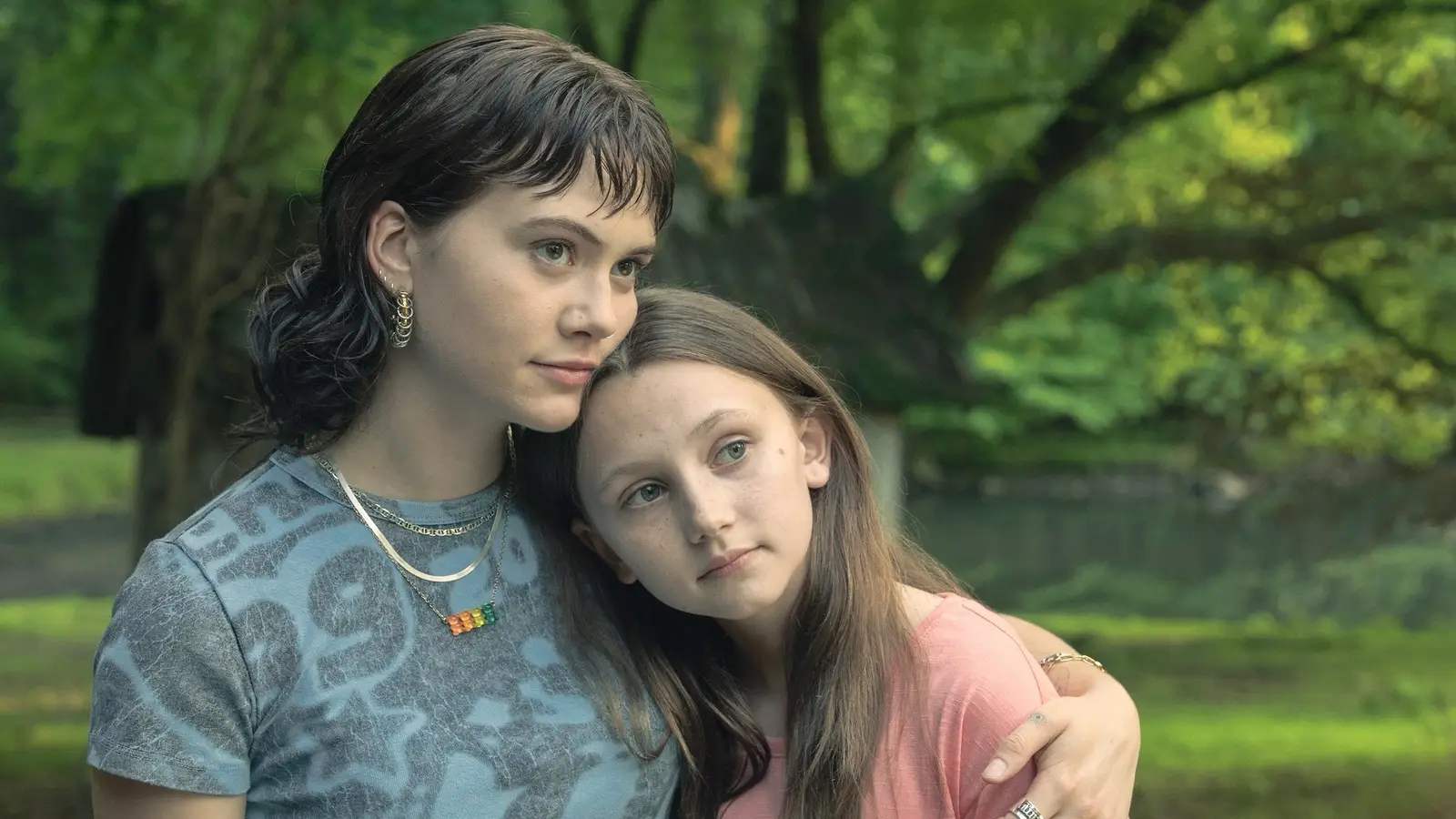Copyright The New York Times

As a young and prescient arts critic and author, John Russell Taylor praised the future Nobel laureate Harold Pinter as “the greatest” of the new wave of stylistically revolutionary playwrights to emerge in their native England in the late 1950s. During his stint in the 1970s as a Los Angeles-based correspondent for The Times of London, Mr. Taylor bonded with Alfred Hitchcock over their mutual affection for English candy and, trust earned, wrote the filmmaker’s only authorized biography — one of many well-received and comprehensive books he published about secretive public figures in the arts. Perhaps most memorably, Mr. Taylor, a lifelong movie aficionado, recalled writing for The Times such an effusive late-career appraisal of Bette Davis that she rang him up to say “she was thinking of forging down to the office to kiss me.” Mr. Taylor, a widely praised author and critic whose reviews encompassed theater, painting, fashion and cinema, died on Aug. 18. He was 90. He had homes in London and Wales, but his obituaries in British publications, including The Times of London, did not provide further details. Mr. Taylor spent much of his career, which spanned more than five decades, with The Times, where he was art critic from 1978 to 2005. He was also a contributor to The New York Times and The Los Angeles Times and edited the now-defunct monthly magazine Films and Filming, in addition to lecturing on cinema at University of Southern California and other institutions. io. His corpus of some 40 books included biographies of the actors Ingrid Bergman, Alec Guinness, Vivien Leigh and Elizabeth Taylor as well as the actor and filmmaker Orson Welles. He also wrote “Strangers in Paradise: The Hollywood Émigrés 1933-1950” (1983), about film-industry refugees from Nazi-occupied Europe who rebuilt their lives in Southern California. His other books included biographies of the artists Roberto Bernardi, Peter Coker and Claude Monet as well as monographs on the playwrights Peter Shaffer, David Storey and Mr. Pinter (Mr. Taylor was one of the first journalists to interview him). His book “Anger and After” (1962), released in the United States as “The Angry Theatre,” was credited with adopting the term “new wave” — which had previously been applied to rule-breaking French filmmakers like Jean-Luc Godard — to characterize the generational upheaval in British theater prompted by John Osborne’s 1956 play, “Look Back in Anger,” and other menacing dramas with often brutish antiheroes. One of Mr. Taylor’s early books, “Cinema Eye, Cinema Ear: Some Key Filmmakers of the Sixties” (1964), made an early case for Hitchcock among the ranks of directors regarded as “auteurs” like Federico Fellini, Michelangelo Antonioni and Ingmar Bergman. Beyond an elite circle of French film critics, Mr. Taylor was making a proposition that seemed somewhat daring at a time when marquee directors working in Hollywood — Hitchcock among them — were often viewed as big-studio technicians known for making commercial crowd-pleasers, but rarely as artists akin to great novelists. Mr. Taylor’s best-known book was “Hitch: The Life and Times of Alfred Hitchcock” (1978), the culmination of a lifetime of fascination with the British-born director widely known as the “master of suspense.” Although nominated five times for an Academy Award for best director — for “Rebecca” (1940), “Lifeboat” (1944), “Spellbound” (1945), “Rear Window” (1954) and “Psycho” (1960) — Hitchcock never won a competitive Oscar. Mr. Taylor recalled being terrified but riveted as a child by Hitchcock’s 1939 screen adaptation of Daphne du Maurier’s novel “Jamaica Inn,” about cutthroat 19th-century smugglers who deliberately cause shipwrecks on the rocky Cornish coast. He got to know Hitchcock during the making of his serial-killer drama “Frenzy” (1972), set in London, and was allowed on the set as Hitchcock made his last feature film, “Family Plot” (1976), four years before his death at 80. By his own account, it was in part his love of Liquorice Allsorts, a sundry assortment of fruity candy also known as English licorice, that helped gain the director’s confidence. Mr. Taylor also understood, he wrote in “Hitch,” that he was, for Hitchcock, a rare companion with “no ax to grind, no political agenda, no girlfriend or brother-in-law on whose behalf to seek his patronage.” They began to have lunch almost weekly at Hitchcock’s studio office, where waiters delivered, without taking their order, a plate of minced meat and mashed potatoes and a glass of water. Mr. Taylor eventually received Hitchcock’s blessing to write his authorized biography. While the biography was later superseded by even more thorough works, David Sterritt, a Hitchcock scholar and retired Christian Science Monitor film critic, said in an interview that Mr. Taylor’s book “had an impact. It was authoritative, and it helped people take Hitchcock seriously.” In 2012, Hitchcock’s personal reputation came under attack twice. The biopic “Hitchcock,” starring Anthony Hopkins, and the television film “The Girl,” about the director’s supposed infatuation with his leading lady Tippi Hedren, portrayed him as a serial predator who ruined Ms. Hedren’s career when she would not submit to his advances while making “The Birds” (1963) and “Marnie” (1964). Mr. Taylor acknowledged in his biography that Hitchcock had little patience with Ms. Hedren, a former model with negligible acting experience, and that their tense relationship led to a sharp verbal exchange. “She did what no one is permitted to do,” Mr. Taylor quoted the corpulent director saying. “She referred to my weight.” In blog posts and interviews at the time, Mr. Taylor, who called himself a “scholar and biographer, not a hagiographer,” offered a detailed defense of Hitchcock. He said Ms. Hedren, whom he had met (and interviewed), altered her accounts to other writers, making her relationship with Hitchcock seem more lurid with the passing years in a bid for attention. “Lord knows, Hitch was no angel,” he told The Daily Mail in 2024, “but in this instance I resent what Tippi has done to blacken his character.” John Russell Taylor was born on June 19, 1935, in Dover, England. His father, Arthur, was a customs officer. His mother, Kathleen (Picker) Russell, was a teacher and artist. He graduated from Jesus College at the University of Cambridge with a focus on English and studied Art Nouveau book design for two years at the Courtauld Institute of Art in London. In 2006, Mr. Taylor entered into a civil partnership with the artist and designer Ying Yeung Li, who is his only immediate survivor. As Mr. Taylor saw it, the two men who became paramount figures in his writerly life, Alfred Hitchcock and Harold Pinter, had at least one thing in common. Some of their first productions — Hitchcock’s feature directorial debut, the 1925 silent film “The Pleasure Garden,” and Mr. Pinter’s early play “The Room,” in 1957 — were flops. In a way, Mr. Taylor wrote, they were lucky. “It is always disastrous to start your career with a masterpiece,” he wrote in Sight and Sound. “No one will ever let you live it down, or allow that you are living up to it.”



